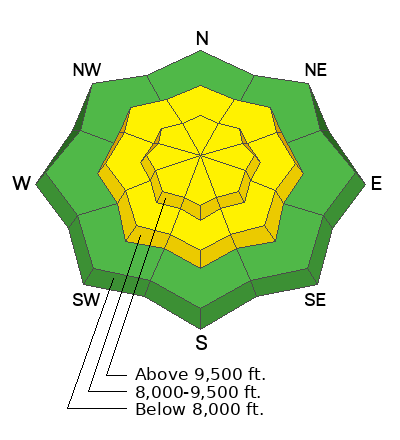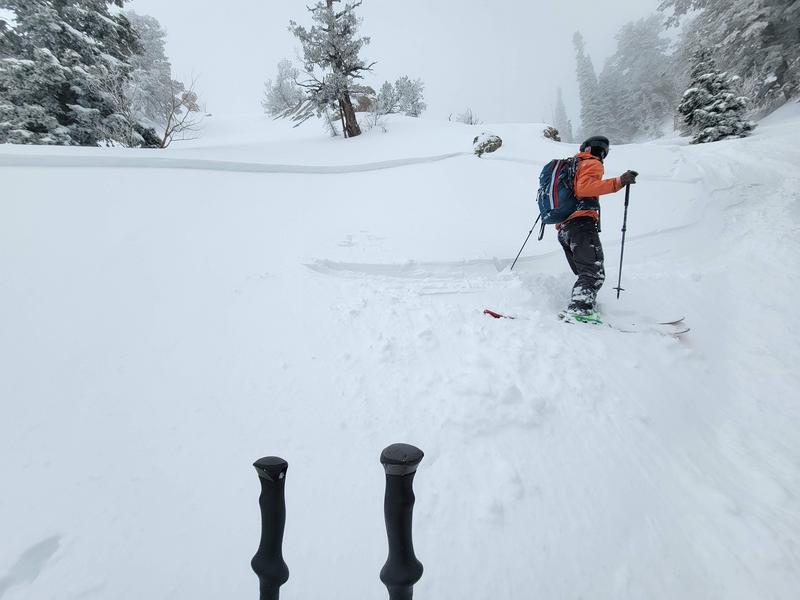Forecast for the Salt Lake Area Mountains

Issued by Dave Kelly on
Monday morning, March 25, 2024
Monday morning, March 25, 2024
There is a MODERATE avalanche danger on all aspects at the mid and upper elevations where human triggered soft slab avalanches are possible. The avalanche danger is LOW in lower elevation terrain.
Today, avalanches will fail on a density change within the newest snow. During periods of heavy snowfall or wind transporting snow the likelihood of triggering an avalanche will increase.

Low
Moderate
Considerable
High
Extreme
Learn how to read the forecast here






